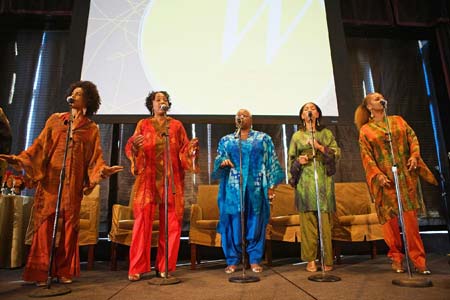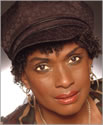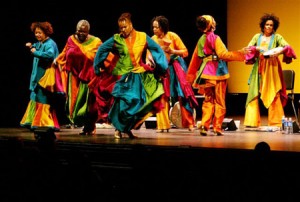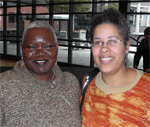Songtaneous Big and Small
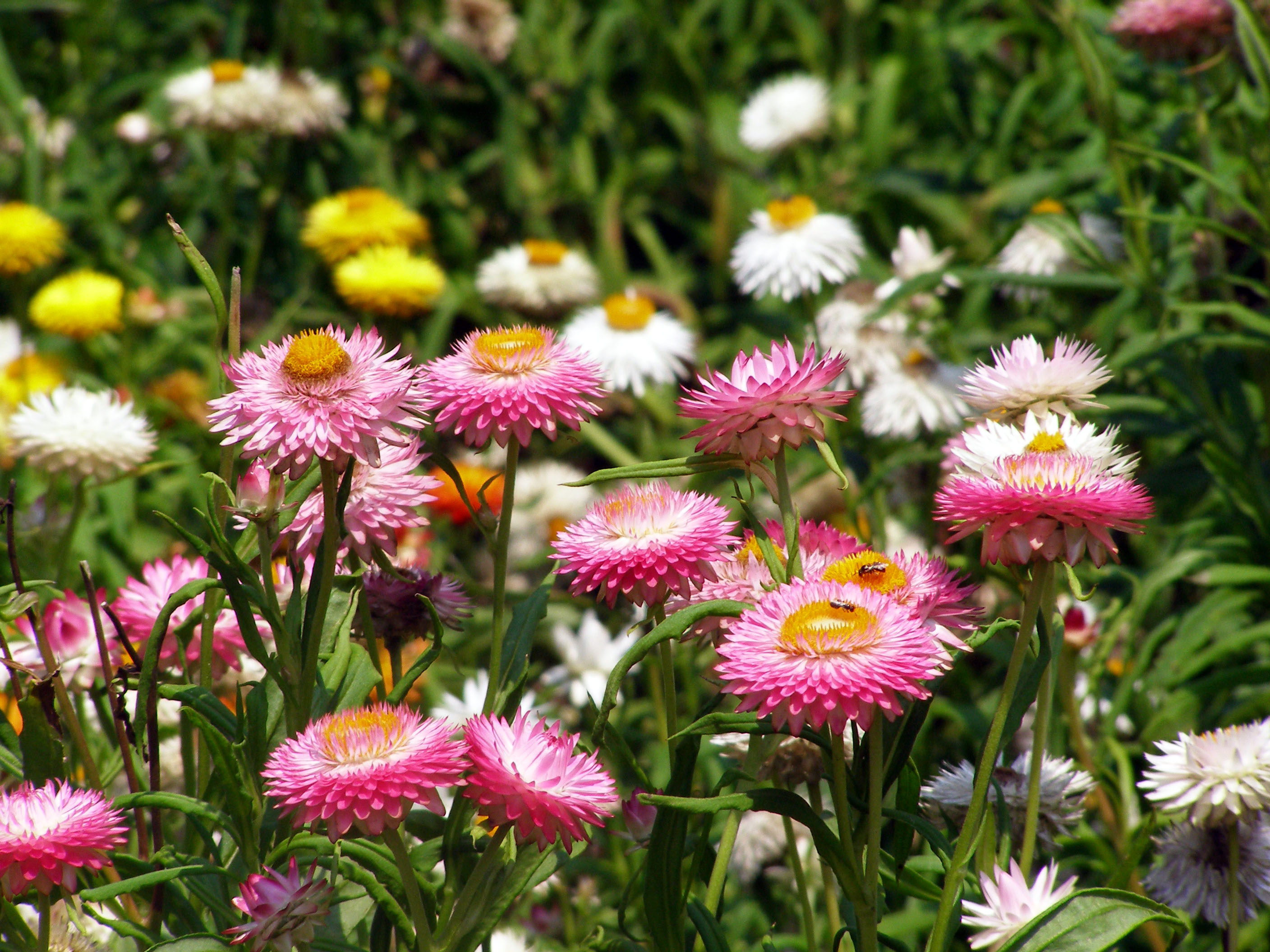 Whew! It was a busy, busy week filled with a lot of music making (always good).
Whew! It was a busy, busy week filled with a lot of music making (always good).
Thursday and Friday, the kiddos (i.e. my middle school musical participants) staged their production of “Once on This Island.” We’ve been working with them since January and in that short time they learned — and remembered! — an amazing amount of acting, dancing and singing. By all reports, it was a success and the “kids sang beautifully.” (A compliment to me as the vocal coach for the program.) The 8th graders even finessed the a cappella number I arranged for them. They were so proud of themselves, we hardly needed to be proud of them. (But we were! Extremely proud.)
All in all, a really fun experience. Better yet, I get to go to the “cast party” this afternoon (smile).
…
Then onto two Songtaneous events Saturday (small) and Sunday (big).
Saturday evening, I faciliated a private Songtaneous event. I arrived to find a circle of casually apprehensive women snacking and waiting for me in a circle of chairs. We chatted a little about how a singing circle works and then I got us singing with the Ituri Rainforest chant I sang in Ysaye Barnwell’s workshop earlier this month.
For nearly two hours, we sang, played language games, chair danced and laughed. I was touched by how readily these women integrated me into their circle. And the transformation that occurred in the group was powerful and amazing and gratifying and … you know, all the reasons I do this work. By the end, all of the women were singing enthusiastically and confidently. Even women whom I suspect showed up thinking they wouldn’t (or couldn’t *smile*) really sing.
I got lots of enthuiastic feedback and suggestions on how to talk about Songtaneous. (I always ask people who participate in Songtaneous sessions to tell me how they’d describe it to someone else. It teaches me about how Songtaneous impacts different people and what’s important to different groups.)
Some said I shouldn’t say singing circle. In fact, the organizer of this get-together said she was hesitant to send people to my web site. (I pointed out it was hard to describe Songtaneous without talking about singing. But I get it. Singing brings up a lot of fear for some people.) Another woman suggested I should use the description chanting (which, of course, was a total turn-off for another woman). Yet another woman thought I should emphasize that I teach African chants. Hmm … lots to think about.
…
Sunday morning, I grumpily rose at 7:00 am (have I mentioned yet that I am NOT a morning person?) to get dressed, warm up my (by now) very tired voice and get in the car and on the way to the Kinoia Retreat Center for the Annual Assoc of Universalist Women’s Retreat closing ceremony.
In contrast to Saturday evening’s event, this would be a large group of women who had spent the weekend together chatting, dancing, doing pedicures and all other manner of community building. I was bringing Songtaneous here to enhance and celebrate a firmly established community. I’d had several positive discussions with the retreat organizers who thought Songtaneous “was perfect” for their event so I was excited to get to work with this large, enthusiastic group.
…
The theme for the retreat was “nurturing our spirit gardens.” So again I started with the Ituri Rainforest chant. (Hey, improvisation doesn’t mean constant originality! Sometimes it’s about choosing what works.) It seemed appropriate to sing the chant given Ysaye Barnwell’s comments about how its original singers sing it to emulate the rainforest in which they live. And that in doing so, they are striving to emulate the divine.
Next, we created a vocal garden. I asked the women to toss out words to describe the soil and what things would grow in our garden. Using their words, we created musical representations. Then we added wind and sunshine and even some rain. We started our garden song standing in a circle but spontaneously began circling the room as our “garden” grew.
To close, I told the story behind my song “Rooted and Reaching” (we’ll save that for another time – this post is already much longer than I planned!) and taught it to the circle. Spontaneous singing continued to break out during the remainder of the closing ceremony. And, yes, I led some of these outbreaks, but not all.
I drove home from the retreat full of compliments, my complimentary lunch and lyrical and musical snippets from a weekend of Songtaneous big and small.
